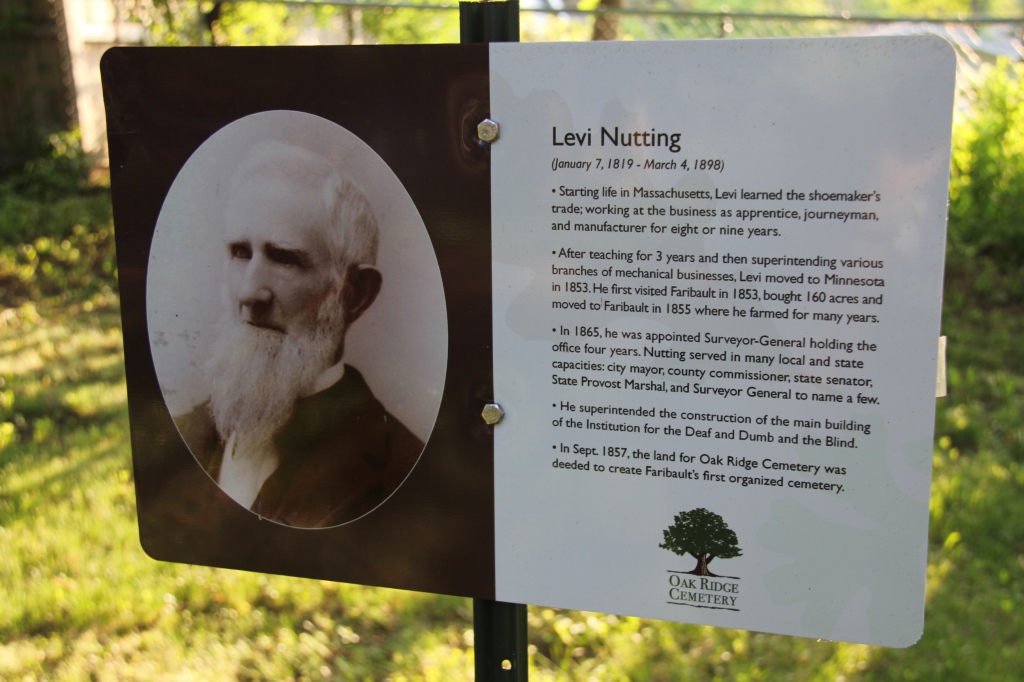
IF YOU HAD JUST DISEMBARKED a roller coaster only to see a T-Rex chomping up the tracks and roaring towards you, would you trust that you would survive?
So what does this have to do with anything relevant to today and, well, to me? Lots.
Last week my vestibular rehab therapist changed things up a bit. He led me from our usual private meeting room down the hall to a more spacious room with a large screen TV, a table, chairs, toys, a dollhouse and some type of exercise equipment I couldn’t identify.
“Yeah, I get to play,” I exclaimed to Ryan.
WE’RE GOING TO DO WHAT?
He had other things in mind. “You’re going to ride a roller coaster,” he said. I looked at him in disbelief and then with fear as he pulled out a virtual reality headset.
“I don’t like roller coasters,” I stated. That is true. The last one I rode was nearly 50 years ago. The Woody at Arnold’s Park in Spencer, Iowa. They called it The Woody back then for a reason. Built in 1930, this is the 13th oldest wooden roller coaster in the world. And this amusement ride was, for me, absolutely terrifying as the cars clacked up and down and around the tracks.
I also have minimal exposure to VR, having tried my son’s headset once and experiencing great difficultly in navigating anything. Simply being in a virtual world proved uncomfortable and disorienting.
So when Ryan mentioned roller coaster and VR in the same sentence, I felt my angst rise. But I recognized that he was serious and that this was just one more effort to retrain my brain by exposing me to motion and to noise in an attempt to manage symptoms resulting from vestibular neuritis, Meniere’s Disease and peripheral sensory neuropathy.
REMIND ME, WHICH BUTTONS DO I PUSH?
Alright then. Ryan set up the computer program, tightened the headset on my head, then handed me the controls, instructing me on which buttons to push. He told me to point the laser at the triangle to start the ride. I couldn’t even manage that as my hands shook. I failed at multiple attempts to use the hand controls, so eventually my patient PT took over. Young people can manage tech stuff far better than aging Baby Boomers like me.
Soon I was on the dreaded roller coaster, riding up and down and all around while noise roared. It was a lot of visual and auditory stimuli as intended. Curves and the roar of a waterfall proved the most challenging. Almost immediately I asked to sit. But when I grew more comfortable, Ryan had me standing with my hand touching the back of a chair to help me feel grounded. I took multiple breaks.
OH, NO, THERE’S MORE!
When I thought a roller coaster ride was surprise enough, yet more awaited me. I soon noticed dinosaurs lurking in the background. Then a Tyrannosaurus separated from the herd and began chomping the track, moving at a ferocious pace directly towards me.
“My granddaughter would love this,” I said in the midst of all that chaos, then corrected myself. “Well, maybe not.” Isabelle, 7, loves dinosaurs but even this teeth-baring meat eater might scare her.
In the end, I survived. Both the T-Rex and the roller coaster. Ryan was pleased with my ability to mostly handle the stimuli. Now I wonder what he has planned for physical therapy tomorrow?
© Copyright 2023 Audrey Kletscher Helbling












































Recent Comments